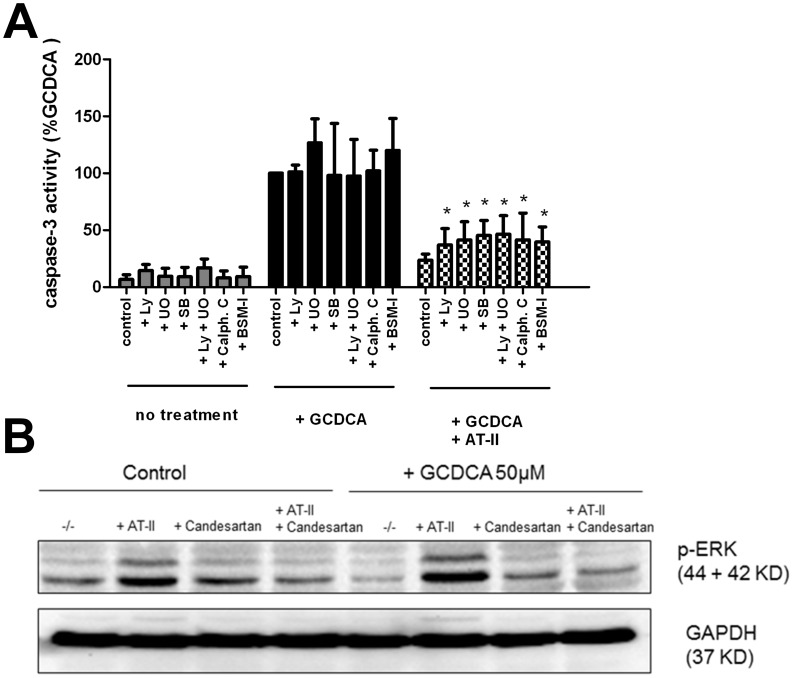Figure 4. The protective effect of angiotensin II (AT-II) is dependent on the activation of specific kinases.
(a) Caspase-3 activity in rat hepatocytes treated with 50 µmol/L of GCDCA in the presence and absence of 100 nmol/L AT-II and with or without the inhibitors of ERK MAPK (10 µmol/L of U0126; U0), p38 MAPK (10 µmol/L of SB 203580; SB), PI3K (50 µmol/L of LY 294002; LY) and PKC (1 µmol/L of Calph. C or BSM-I). Unpaired one-tailed student t-test was used to determine the significance of differences between experimental groups (N = 4). *P<0.05 for GCDCA+AT-II+ LY vs. GCDCA+ AT-II, for GCDCA+AT-II+ SB vs. GCDCA+ AT-II, for GCDCA+ AT-II+U0 vs. GCDCA+ AT-II, for GCDCA+ AT-II+U0+LY vs. GCDCA+ AT-II, for GCDCA+ AT-II+Calph.C vs. GCDCA+AT-II and for GCDCA+AT-II+BSM-I vs. GCDCA+AT-II. (b) Western blot analysis for phosphorylated ERK1/2 MAPK in cell lysates of GCDCA-exposed hepatocytes (10 min) with and without AT-II. ERK1/2 MAPK phosphorylation was inhibited in the presence of AT-1 antagonist (1 µmol/L of candesartan).

